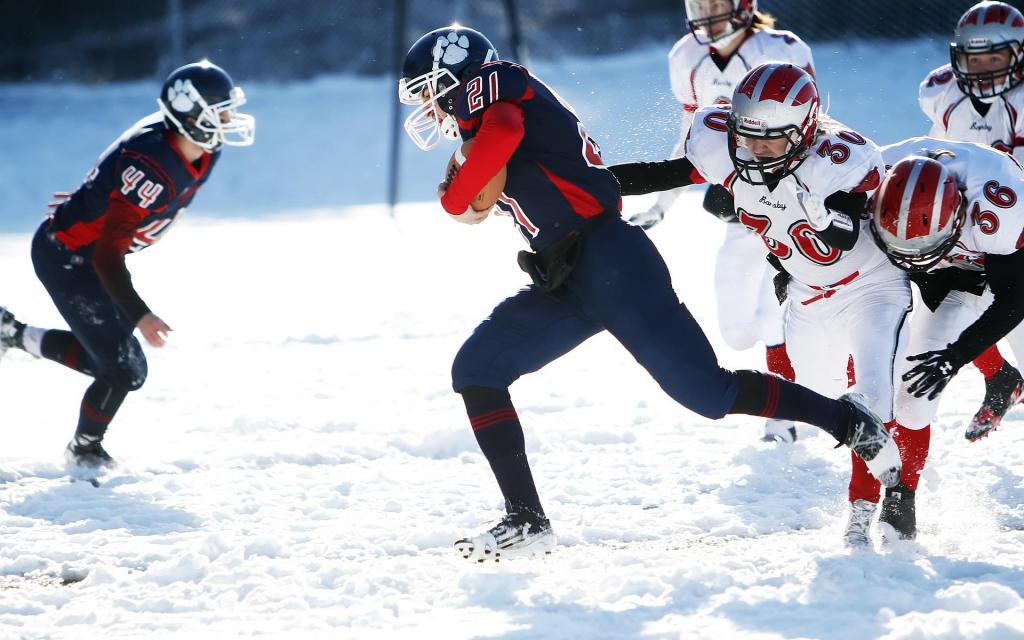7481 Woodbine Ave #203, Markham, ON L3R 2W1 (647) 806-8188
Copyright © 2021 CondoTrend. All rights reserved.

The Canadian version of gridiron football closely resembles the American version, although it was developed separately and has never attained the same level of national prominence as ice hockey.
The beginnings of Canadian football are unknown. As the Toronto Globe reported in 1859, rugby was introduced to Canada by British troops at the beginning of the 19th century. In the early 1860s, students at the University of Toronto played football, but clubs in Quebec and Ontario, not universities as in the United States, were vital to the sport’s development. Multiple of these clubs established the Canadian Football Association in 1873 and accepted Rugby Union rules in 1875. This organization ceased operations in 1877 and was succeeded by the first of the Canadian Rugby Football Unions in 1880; the Canadian Rugby Union (CRU) was established in 1891. Ontario and Quebec also established provincial unions in 1883, although the Western Canadian Rugby Football Union was not established until 1911. In the end, the Big Four of Quebec and Ontario (Ottawa, Montreal, Hamilton, and Toronto) and the top five Western clubs (Winnipeg, Saskatchewan, Calgary, Edmonton, and British Columbia) came together to form Canada’s main senior football league.

The Canadian Rugby Union became the umbrella body for all football unions, including the Canadian Intercollegiate Rugby Football Union, which was created in 1897 in response to the increasing professionalism of the top senior teams. In addition to the senior club championship, the CRU started putting on intermediate club competitions in 1894 and junior club competitions in 1908.
For many decades, there were no distinct distinctions between college and club football, amateur and professional football, or the economic potential of football in Canada. Early Canadian football, in contrast to American football, was a game for the participants, not the spectators. During a time when top U.S. university football teams played in front of 50,000 spectators and Yale earned more than $1 million from football, the University of Toronto’s victory over the Parkdale Canoe Club in the inaugural Grey Cup attracted 3,807 spectators and generated $2,616.40 in gross profits.

In Canada, it was far more difficult to establish a uniform set of regulations than in the United States. Those who want to retain the Canadian identity of Canadian football have resisted the American model, which has had a tremendous impact. The Canadian game was gradually “Americanized.” by U.S. coaches like Frank (“Shag”) Shaughnessy at McGill University (1912–1929) and by Western teams more receptive to U.S. influence and professionalismodel, which has had a tremendous impact. The Canadian game was gradually “Americanized.” by U.S. coaches like Frank (“Shag”) Shaughnessy at McGill University (1912–1929) and by Western teams more receptive to U.S. influence and professionalism. When the forward pass was invented in 1931, it led clubs, especially in the West, to hire U.S. passers and give them work in the area instead of paying them directly.
With the establishment of the Canadian Football League, professional and amateur football in Canada were clearly separated. In 1966, the Canadian Rugby Union changed its name to the Canadian Amateur Football Association (CAFA) and transferred trusteeship of the Grey Cup to the Canadian Football League (CFL). Since 1986, CAFA has been renamed as Football Canada. When senior club football outside of the CFL waned in popularity, intercollegiate football at a level equal to (nonscholarship) Division III in the United States became the most popular amateur version. Provincial and regional intercollegiate sports organizations reconstituted the Canadian Interuniversity Athletic Union (CIAU) in 1961; in 2001, it was renamed Canadian Interuniversity Sport (CIS). Since 1967, conference winners have played yearly in the Canadian College Bowl for the Vanier Cup.
Then, a precipitous downturn and instability ensued. Due to competition from broadcast NFL games and a pervasive belief that Canadian football was inferior, the CFL’s TV compensation per team in 1991 was reduced to $240,000. In 1982 and 1987, Montreal lost its original franchise and its successor, respectively. Deficit-ridden franchises did not migrate, but their ownership often changed. The acquisition of the Toronto Argonauts by Bruce McNall, John Candy, and Wayne Gretzky in 1991 was the most notable attempt to build a first-class football team with highly compensated American players. However, the experiment failed, and McNall and Gretzky sold the team after Candy’s death in 1994. Since the early 1970s, CFL executives have been concerned about the NFL’s expansion in Montreal and Toronto, and they have considered their own expansion into the United States. In 1993, clubs were established in Sacramento (California), Las Vegas (Nevada), Shreveport (Louisiana), and Baltimore (Maryland), but the initiative failed after only three seasons. In 2002, the CFL returned to its original nine clubs after reverting to an eight-team format in 1996. This partnership lasted until 2006, when the Ottawa franchise ceased operations. Beginning in the early 21st century, stadium upgrades by a number of clubs raised league-wide attendance, and greater broadcast income allowed the CFL to become profitable again by 2010, with an eye toward growth.
Source: https://www.britannica.com/sports/gridiron-football/Football-in-Canada#ref234282
7481 Woodbine Ave #203, Markham, ON L3R 2W1 (647) 806-8188